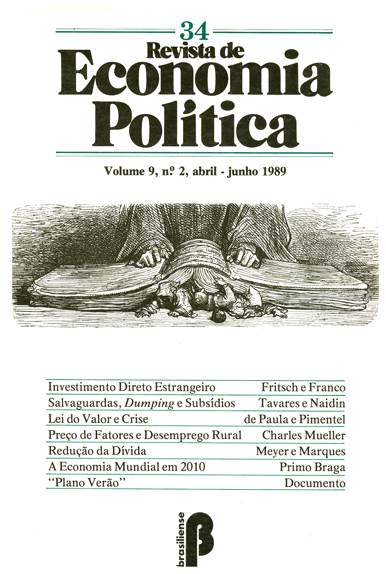Mechanisms for reduction of the developing countries external debt
Abstract
From the viewpoint of developing countries the so-called conventional debt
strategy is clearly unsatisfactory, mainly because it underestimates the dimension of the crisis
and the domestic costs of the adjustment imposed on debtor countries. New private
loans, which are anyway more and more difficult to obtain, wouldn’t be a solution, in the
sense that they would increase a debt that is already extremely high. Some mechanisms to
reduce the stock of external debt have been introduced in recent rescheduling agreements
with creditor banks, such as debt-equity swaps, buybacks, and the exchange of part of the
debt for long-term bonds. However, for many countries, these market instruments will not
provide a sufficiently large reduction of the burden of financial foreign transfers. Therefore, it is necessary to arrive at an encompassing and lasting solution to the external debt problem,
through the design of an adequate institutional and legal environment that could provide
more support and additional guarantees to the implementation of debt reduction schemes.
JEL Classification: F34; F63.
Keywords: Foreign debt foreign debt crisis debt management

